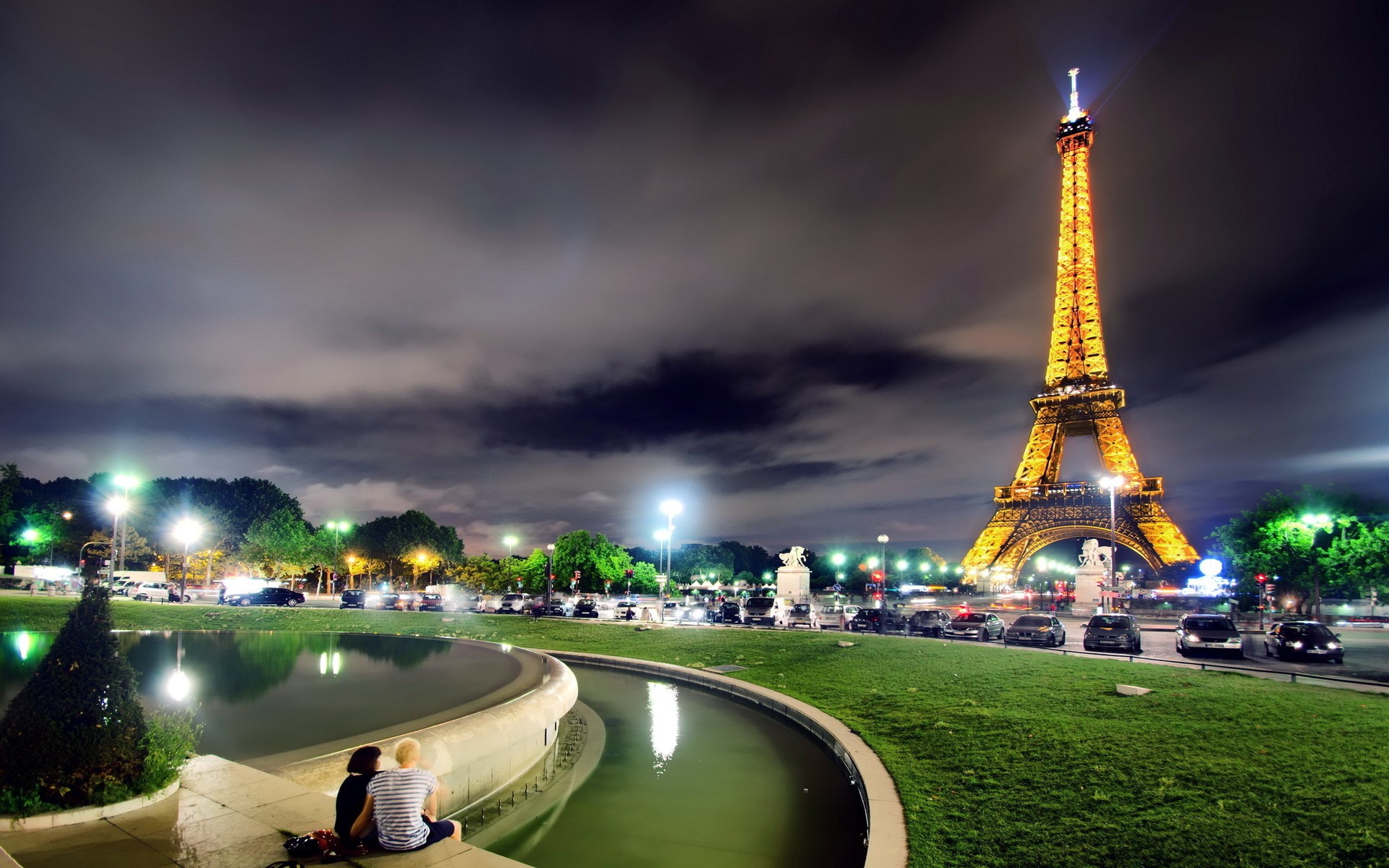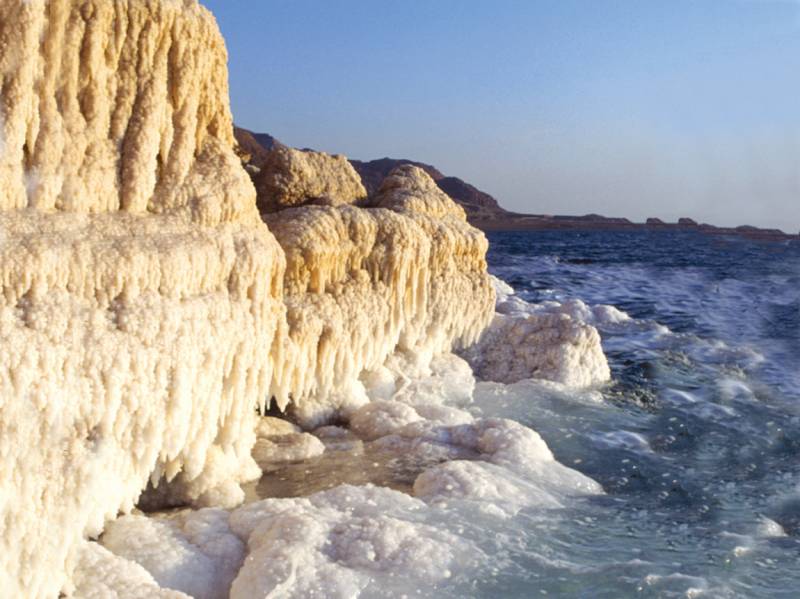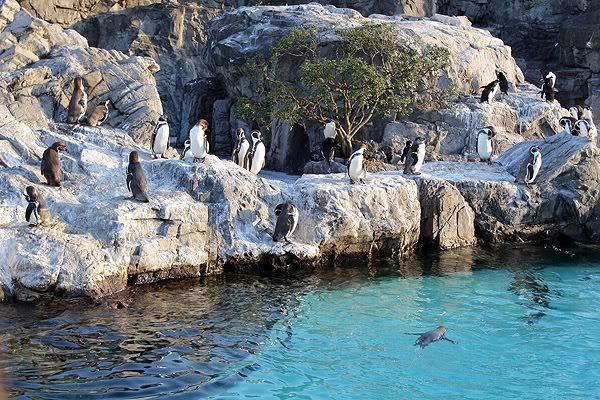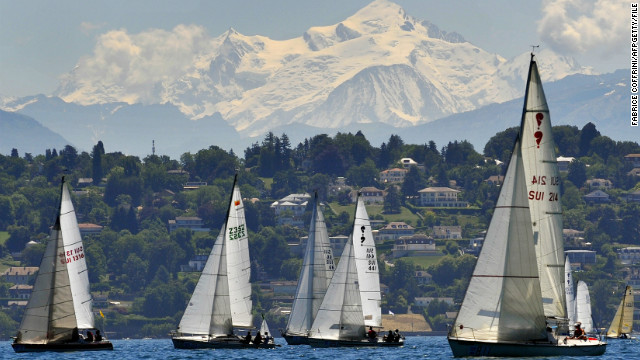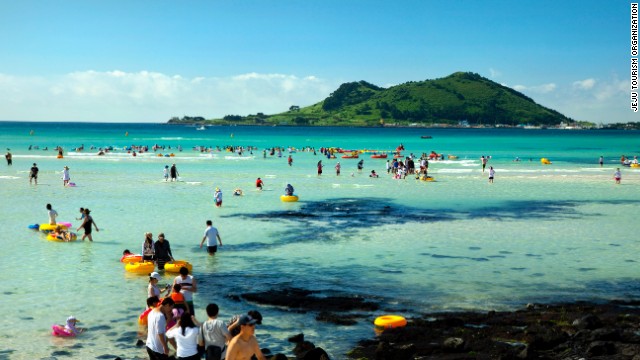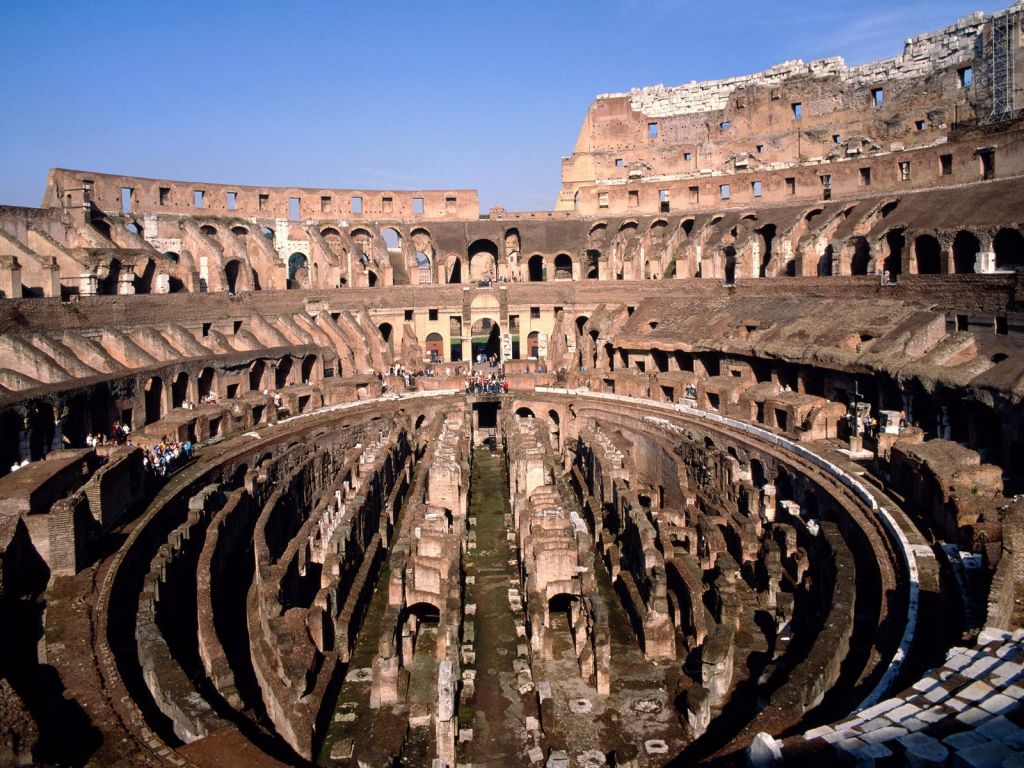The Colosseum, Rome
The Colosseum or Coliseum is today the most recognisable of Rome's Classical buildings. Even 2,000 years after it was built, and despite centuries when the abandoned building was pillaged for building materials, it is instantly recognisable ... a Classical template for the stadia of today. It was the first permanent amphitheatre to be raised in Rome, and the most impressive arena the Classical world had yet seen. And with accommodation for 60,000 seated and 10,000 standing, all of whom could enter and leave in a matter of minutes, courtesy of 80 entrances, this is a structure that the designers of modern sports stadia could learn from.
The name Colosseum is in fact a much later addition. It was originally known as the Flavian Amphitheatre, and was conceived as a peculiarly Roman political gesture ... a gift from a new dynasty of Roman emperors to a populace kept happy by bread and circuses.
In 68AD Emperor Nero died and with him the Julio-Claudian dynasty. Vespasian was made emperor by the Senate in the following year and decided the city needed a new amphitheatre. Just like a modern politician, such gestures simultaneously pleased the populace and would (hopefully) leave a lasting monument to the emperor's greatness. Well maybe. The city's first amphitheatre in stone had been built in 29BC by Statilius Taurus, but Caligula (12-41AD) had adjudged it too small and started building his own.
Claudius succeeded Caligula and immediately halted his grand plan. And when Nero ruled Rome he eschewed the Statilius arena and made plans for his own, to be built in the Campus Martis. A magnificent building by all accounts, but razed in the fire that swept Rome in 64AD.
So Rome needed a new arena and a line drawn under the profligate and acquisitive rule of Nero, who had built a personal empire in the heart of Rome, taking public land to build his palace, the Domus Area. Very impressive it was too, with a vast artificial lake in the parklands of Nero's residence, but Vespasian elected to make a gift of the land back to the people of Rome - a gesture of reconciliation after the excesses of the Julio-Claudian dynasty. The wisest Roman rulers always realised that the Emperors were ultimately elected (not gods) and that they ruled by the consent of the populace.
Remarkably it took only 10 years to built the arena. Remarkable because this was one of the most impressive pieces of architecture the world had seen.
The Colosseum is a huge ellipse with tiered seating, with an elliptical arena within. It combined a mix of materials including (a surprise for modern visitors here perhaps) concrete for the foundations. The Romans invented the super-strong material, and it allowed them to build larger, more stable buildings. Travertine stone (mined from the hills of Latium around Rome) was used for the piers and arcades. Tufa (softer volcanic rock) was used as infill between the piers on the walls of the lower two levels. Concrete faced with brick was used for the upper levels and for the ceiling vaults. The characteristic rounded arches that the builders used also provided great strength and support, spreading the weight of the upper tiers.
There was a mix of styles too. The Romans may not have been architectural innovators on a par with the Greeks, but they could replicate the detail. The three tiers of arcades had a facade of three-quarter columns and entablatures, with a succession of architectural orders: Doric on the first storey, Ionic on the second, Corinthian on the third. The attic storey bore Corinthian pilasters and little square windows in alternating bays. Along the top were brackets and sockets to support the velarium, a canopy providing shade ... the first sports arena with a retractable roof.
Eighty radiating walls supported the rising tiers of seating for the 50,000 seated spectators and for the stairs and passages that linked the vast complex. Within the outer walls, staircases joined the levels, and the Colosseum had much in common with a modern football stadium.
The whole thing covered some six acres, measuring 188 x 156 metres (615 ft x 510 ft), with the base of the building covering about 6 acres. Vaults span between eighty radial walls to support tiers of seating and for passageways and stairs. The facade rose to 48.5m, about the height of 15 modern storeys. The new arena was alternatively known as the Amphitheatrum Caesareum (hunting theatre) a reflection of the hunting games that took place alongside the gladiatorial contests.
The arena had a wooden floor spread with sand to absorb the blood (our word 'arena' derives from the Roman harena meaning sand). Beneath this, a subterranean complex of passages and rooms, cages for the lions and tigers, food stores for the spectators, robing room for the spectators, had been built within the dip of Nero's old lake. Trap doors from here opened onto the floor of the arena itself, providing continual surprises for the spectators (and contestants) within.
Vespasian began his amphitheatre 72 AD and his son Titus opened it in 80AD with a games lasting 100 days (one gets intimations of the hubris and decadence that led to the eventual fall of Rome here). The building wasn't actually finished when it opened (nothing changes) but Domitian, Titus's brother, saw it to a conclusion.
The most popular games were hunts (venationes) and gladiatorial games (munerae). Domitian constructed four ludi, the prisons where gladiators were trained, next to the arena. There were also bestiarii, gladiators who fought lions, tigers and other beasts. The Catholic Church today claims the Colosseum as a shrine to the Christian martyrs they say were fed to the lions ... though some historians dispute this popular image.
The Colosseum saw around 450 years of service as Rome's entertainment centre. Architectural historians have read many alterations and additions to Vespasian's original structure. In 217AD the higher storeys were wrecked by fire, and there were earthquakes in 442, 470 and 847AD. The last recorded gladiatorial contest was in 404AD, the last hunt in 523AD. It would be tempting to think that Romans had become softened and civilised as Christianity took hold, but the decline is probably down to a lack of cash. The Roman empire was faltering. A series of invasions by Goths, Huns and others were weakening their hold and the revenue being pulled in from its territories ... and Games were expensive.
By the tenth century AD, the Colosseum had been abandoned and Rome was a shadow of its imperial height. Houses and shops were built within the structure, many of them hacking off chunks of the tufa to build with. Now it was used as a defensive wall, a fortress against invaders. During the Renaissance, Rome rose again, and more stone was pilfered from the Colosseum for new palazzi. Restoration began in the 18th century Its destruction was hastened during the renaissance and later by its use as a source of building materials, until restoration started again in the eighteenth century.
More recent restoration has focused on simply maintaining the Colosseum ... nobody seriously talks about rebuilding it in its entirety, and a €20m restoration project was completed in 2000. Today, lit from within on a Roman night, the Colosseum never fails to make visitors catch their breath: it is still recognisably the building started nearly 2,000 years ago to entertain the Roman public.
